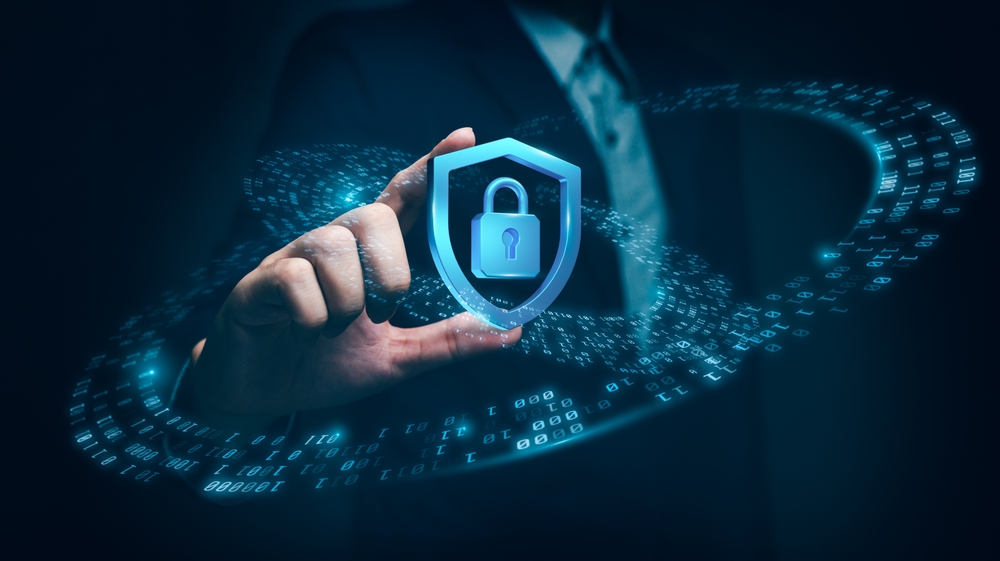Building Robust Public Safety Networks: Key Strategies for Network Security (part 2)
You’d think protecting public safety networks would be straightforward, right? But the reality is far more complex, as cybersecurity threats evolve faster than ever. For IT professionals and network managers, ensuring data protection isn’t just a task—it’s a mission-critical responsibility. This post dives into network security best practices that will help you build robust defenses. Ready to uncover the strategies that keep your networks secure? Let’s get started. For more information on cybersecurity best practices, check out this helpful resource from CISA.## Strengthening Public Safety Networks

Public safety networks are the backbone of emergency response systems. Let’s explore the key elements that make these networks robust and reliable.
Cybersecurity Essentials for Safety
Cybersecurity is crucial for maintaining the integrity of public safety networks. It’s not just about protecting data; it’s about ensuring that critical services are always available when needed.
One of the first steps in strengthening cybersecurity is conducting regular risk assessments. These assessments help identify vulnerabilities and potential threats to the network.
Implementing strong access controls is another essential measure. This includes using multi-factor authentication and regularly updating passwords. According to Potomac University, these basic steps can prevent up to 80% of common cyber attacks.
Encryption is also a key component of cybersecurity. All data, both at rest and in transit, should be encrypted to protect it from unauthorized access.
Network Management Tips and Tricks
Effective network management is about more than just keeping the system running. It’s about optimizing performance, predicting issues before they occur, and ensuring seamless communication across all nodes.
Regular network audits are a must. These audits help identify bottlenecks, outdated hardware, and potential security risks.
Implementing automated monitoring tools can significantly improve network management. These tools can alert IT staff to issues in real-time, allowing for quick resolution.
Segmentation is another powerful network management strategy. By dividing the network into smaller, manageable segments, you can contain potential security breaches and optimize traffic flow.
Securing Data in Public Safety

Data security in public safety networks is paramount. Let’s delve into strategies to protect sensitive information and maintain network integrity.
Data Protection Strategies
Data protection in public safety networks requires a multi-layered approach. It’s not just about preventing unauthorized access, but also ensuring data integrity and availability.
Implementing robust backup systems is crucial. Regular backups, stored in secure, offsite locations, can help recover data in case of a breach or system failure.
Data classification is another important strategy. By categorizing data based on sensitivity, you can apply appropriate security measures to different types of information.
DataGuard suggests that implementing data loss prevention (DLP) tools can significantly enhance data protection. These tools can detect and prevent unauthorized data transfers, adding an extra layer of security.
Network Security Best Practices
Network security best practices are the foundation of a robust public safety network. They help prevent breaches, detect threats, and ensure quick recovery in case of an incident.
Regular security audits and penetration testing are essential. These processes help identify vulnerabilities before they can be exploited by malicious actors.
Implementing a strong firewall and intrusion detection system (IDS) is crucial. These tools act as the first line of defense against external threats.
Kraft Business recommends keeping all software and systems up-to-date with the latest security patches. This simple step can prevent many common attacks that exploit known vulnerabilities.
Building Trust in Safety Networks

Trust is the cornerstone of effective public safety networks. Let’s explore how to build and maintain this trust through engagement and support.
Engaging with IT Professionals
IT professionals are the unsung heroes of public safety networks. Engaging with them effectively can significantly enhance network security and performance.
Regular training and skill development opportunities are crucial. The cybersecurity landscape is constantly evolving, and IT professionals need to stay updated with the latest threats and defense strategies.
Creating a culture of open communication is equally important. IT professionals should feel comfortable reporting issues and suggesting improvements without fear of repercussions.
Guardian Digital emphasizes the importance of involving IT professionals in strategic decision-making. Their insights can be invaluable in shaping network security policies and practices.
Supporting Public Safety Officials
Public safety officials rely on secure and efficient networks to perform their critical duties. Supporting them requires more than just technical expertise; it demands an understanding of their unique needs and challenges.
Regular feedback sessions with public safety officials can help identify pain points and areas for improvement in the network infrastructure.
Providing user-friendly interfaces and clear documentation can help officials navigate complex systems more effectively. This reduces the risk of human error and improves overall network security.
Offering 24/7 technical support is crucial in the public safety sector. Quick resolution of technical issues can be the difference between life and death in emergency situations.
Network Management in Public Safety
Network Monitoring
NMS (Network Management Systems): SolarWinds, PRTG, or Aruba AirWave for real-time visibility.
Performance Metrics: Latency, jitter, packet loss, throughput, and coverage map health.
Predictive Analytics: AI-driven anomaly detection to catch issues before they impact responders.
Configuration & Change Management
Automated patch management for routers, firewalls, and LTE devices.
Version control and rollback plans for firmware updates.
Strict approval workflows for configuration changes (to prevent misconfigurations that cause outages).
Quality of Service (QoS) & Traffic Prioritization
Mission-Critical QoS: Ensure voice and video streams are prioritized over non-essential traffic.
Preemption: Ability to push non-critical users off the network during emergencies.
Dynamic Policy Enforcement: Automatically adjust priority during major incidents.
Cloud & Hybrid Network Management
Secure management of cloud-hosted CAD/RMS systems.
VPN or ZTNA (Zero Trust Network Access) solutions for remote work.
Unified dashboards that combine on-prem and cloud network views.
Vendor & Supply Chain Security
Vet vendors for secure development practices (SBOM – Software Bill of Materials).
Regular third-party risk assessments.
Avoid end-of-life or unsupported equipment that can’t receive security patches.
Cybersecurity in Public Safety Networks
End-to-End Encryption
Voice & Data Encryption: AES-256 for LMR, LTE/5G encryption in transit, VPNs for backhaul traffic.
Key Management: Automated key distribution systems (e.g., Over-The-Air Rekeying (OTAR) for P25 radios).
Device Authentication: Certificates or SIM-based authentication to ensure only authorized devices connect.
Identity & Access Management
Role-Based Access Control (RBAC): Dispatchers, officers, IT admins get different access levels.
Multi-Factor Authentication (MFA): Especially for CAD, RMS, and cloud apps.
Zero Trust Architecture: Verifying every device and user before granting access.
Threat Detection & Incident Response
SIEM (Security Information & Event Management): Platforms like Splunk, IBM QRadar, or Microsoft Sentinel to monitor logs in real-time.
EDR/XDR: Endpoint detection and response on mobile devices, laptops, and dispatch terminals.
SOC (Security Operations Center): 24/7 monitoring to respond to threats quickly.
Network Segmentation & Micro-Segmentation
Separate mission-critical traffic (voice, CAD) from non-critical data to minimize attack surfaces.
Use firewalls & VLANs to prevent lateral movement if a breach occurs.
Deploy SD-WAN or secure network slicing in 5G to isolate public safety communications.
Resilience & Continuity
Redundant Security Appliances: Firewalls, intrusion prevention systems (IPS) in active-active configuration.
Disaster Recovery Playbooks: Predefined incident response steps for cyberattacks (e.g., ransomware).
Offline Capability: Radios and CAD systems should work in fallback mode if the network goes down.
Regulatory & Compliance Alignment
CJIS Security Policy: FBI’s Criminal Justice Information Services compliance for all public safety systems.
NIST 800-53 & 800-171: Federal cybersecurity controls for confidentiality, integrity, and availability.
ISO/IEC 27001: Information security management certification.
Local Regulations: State-level requirements (like Texas DIR, California DOJ standards).
